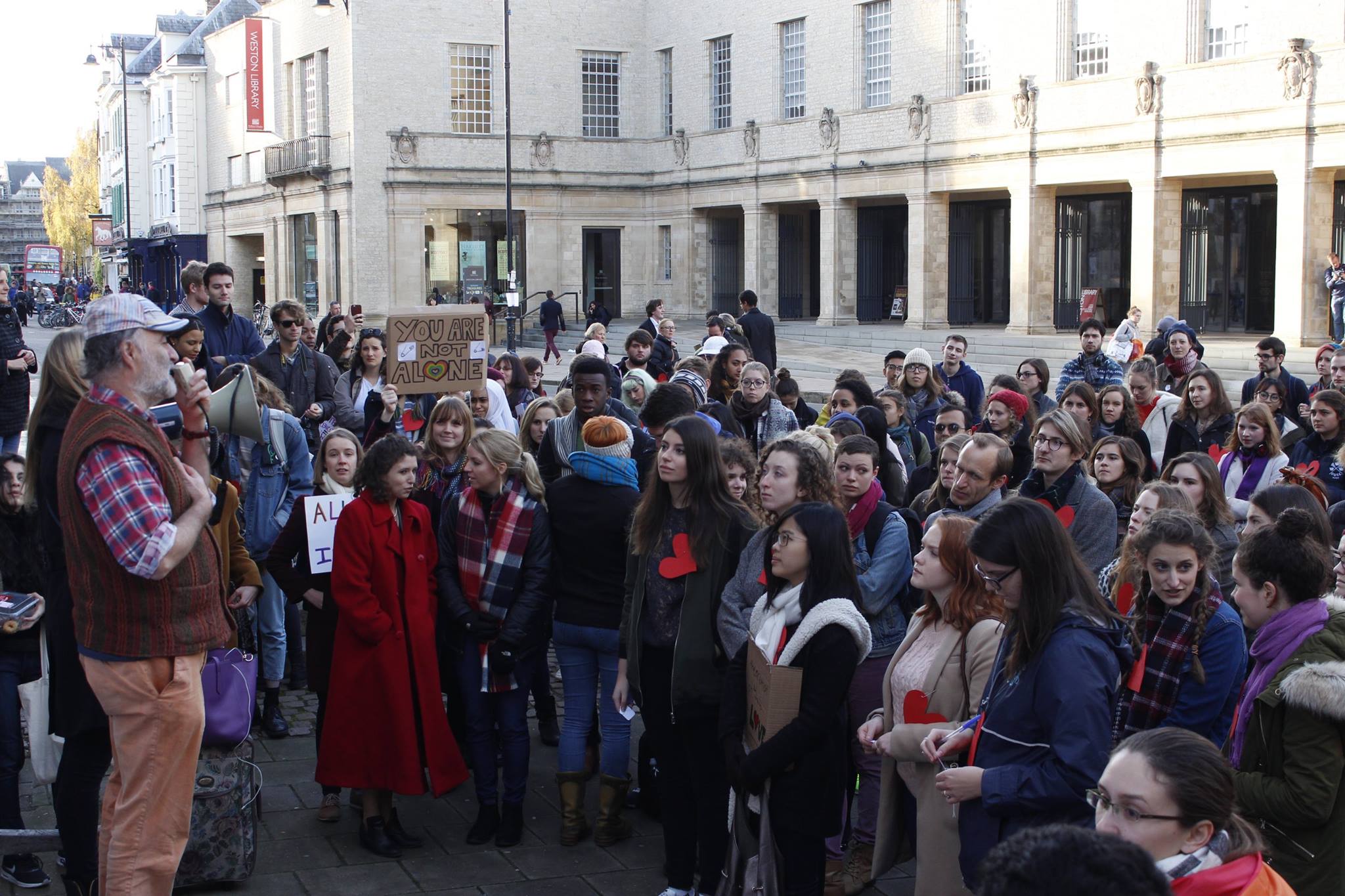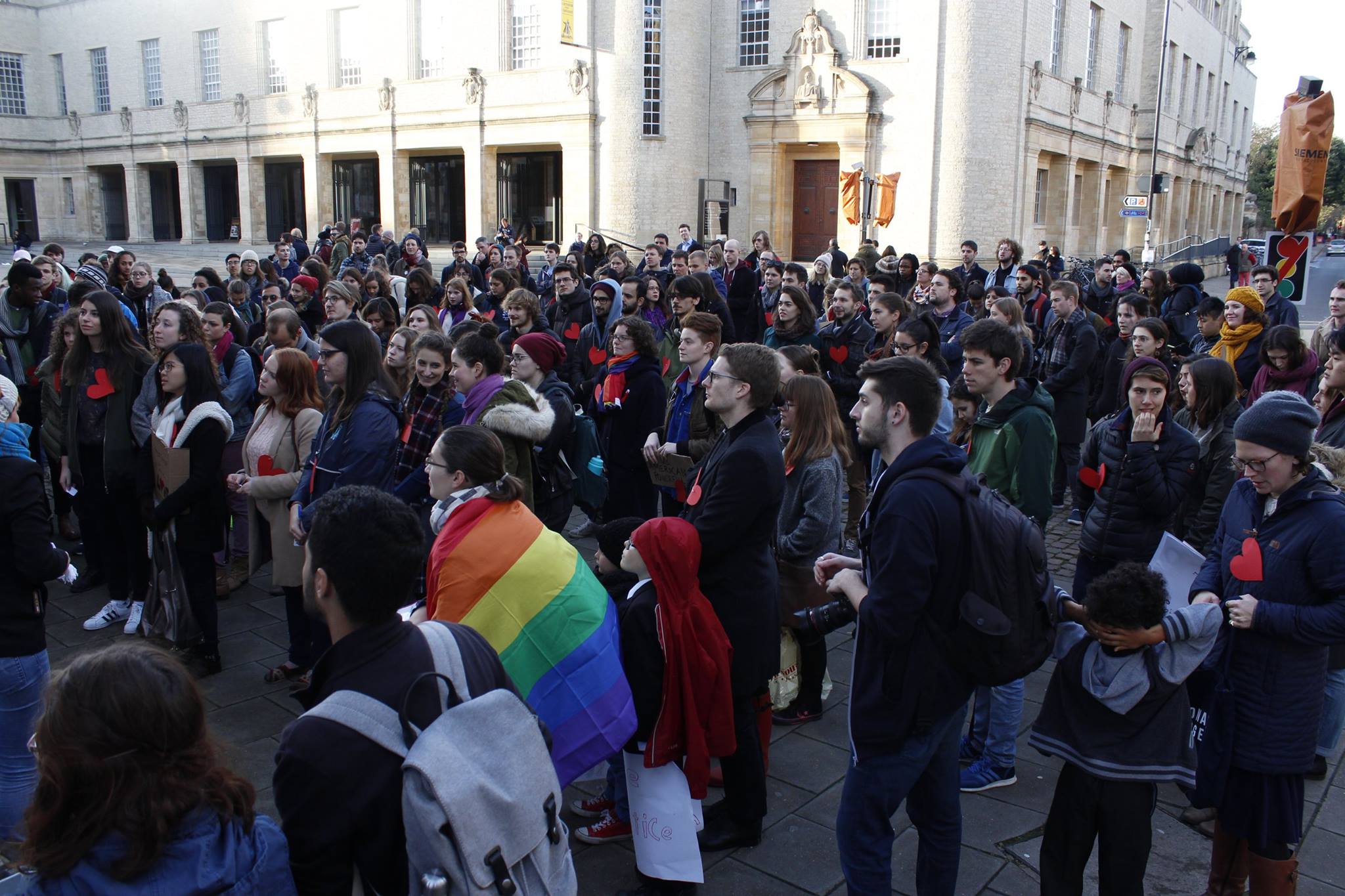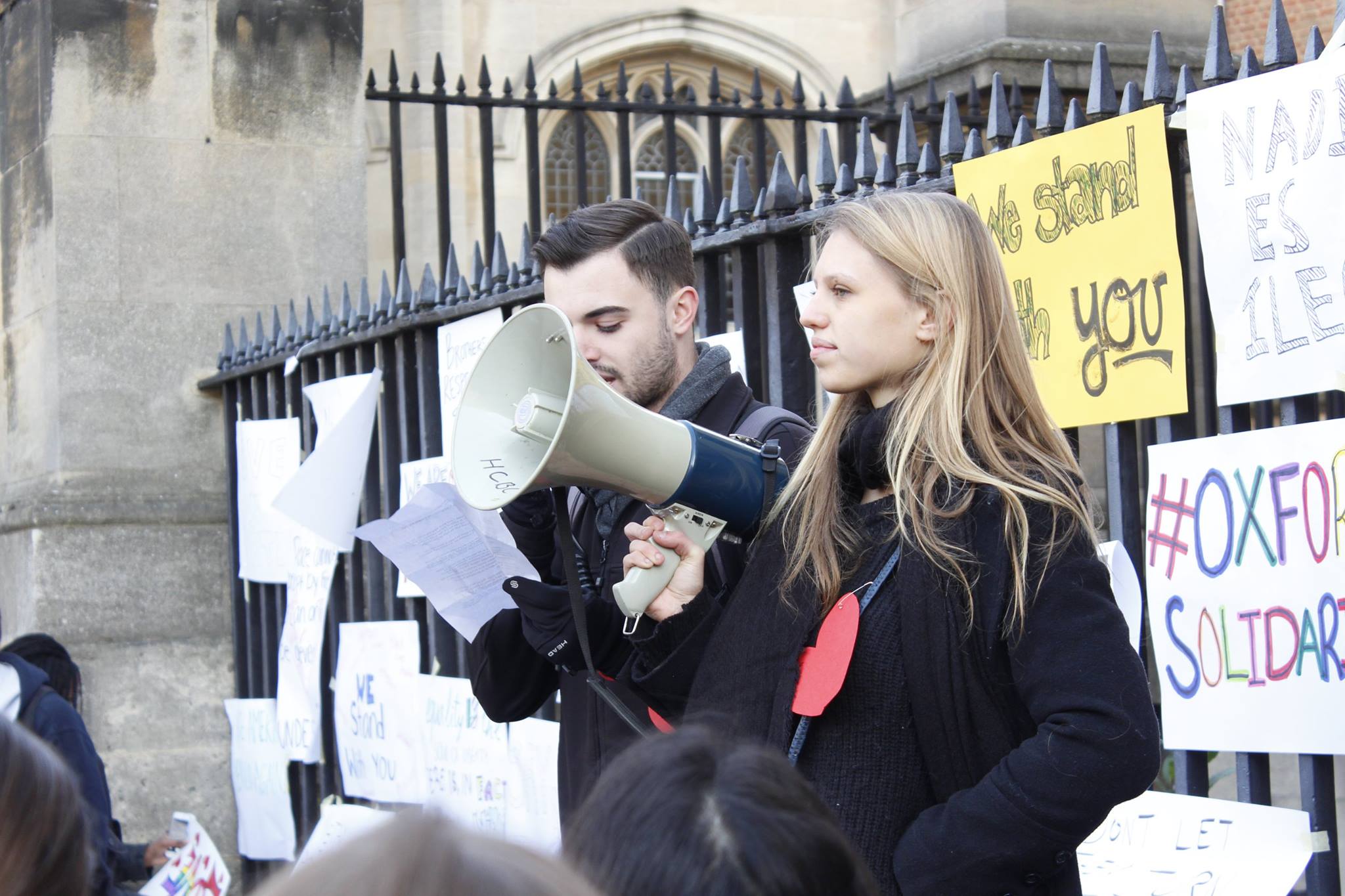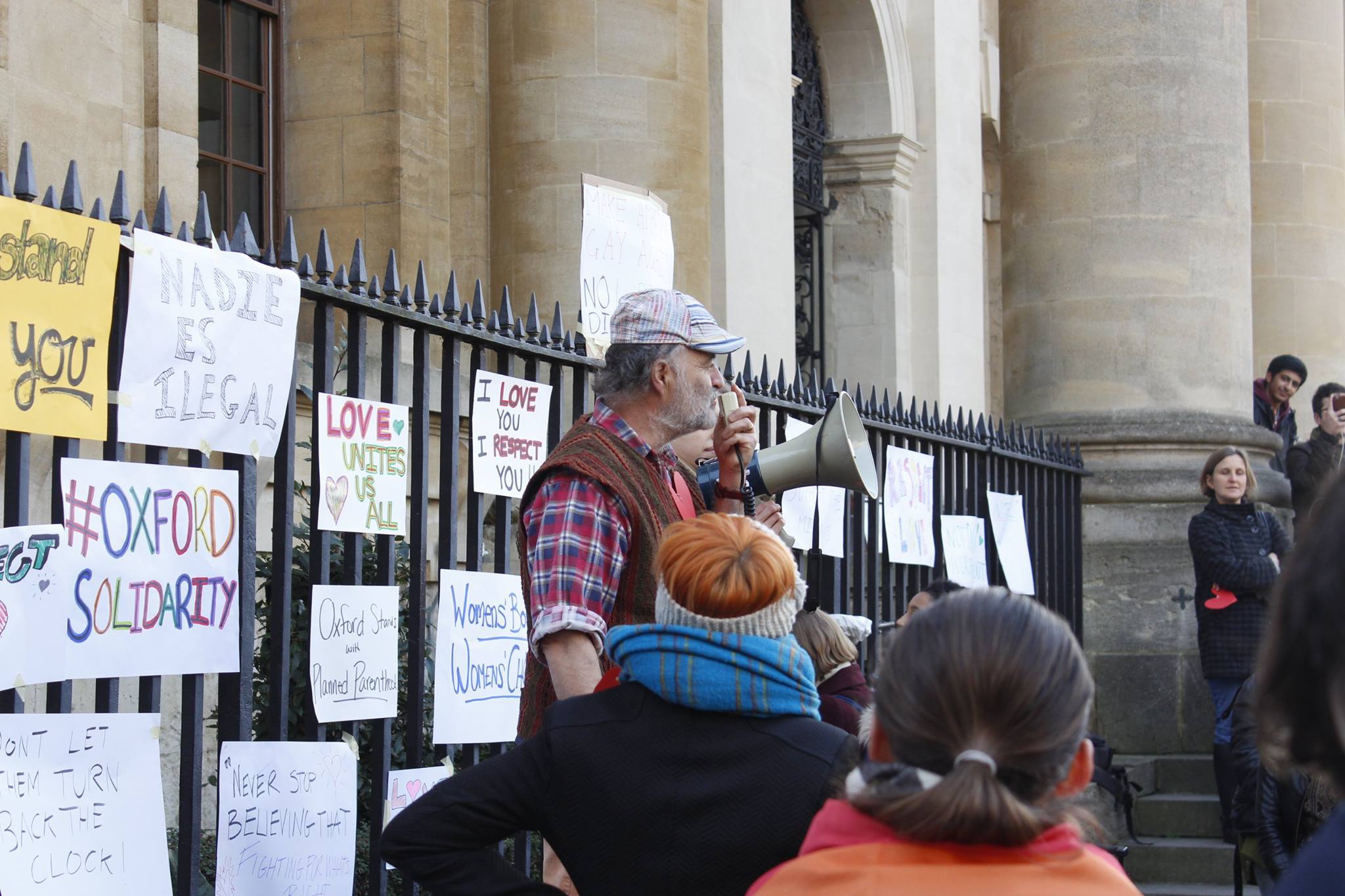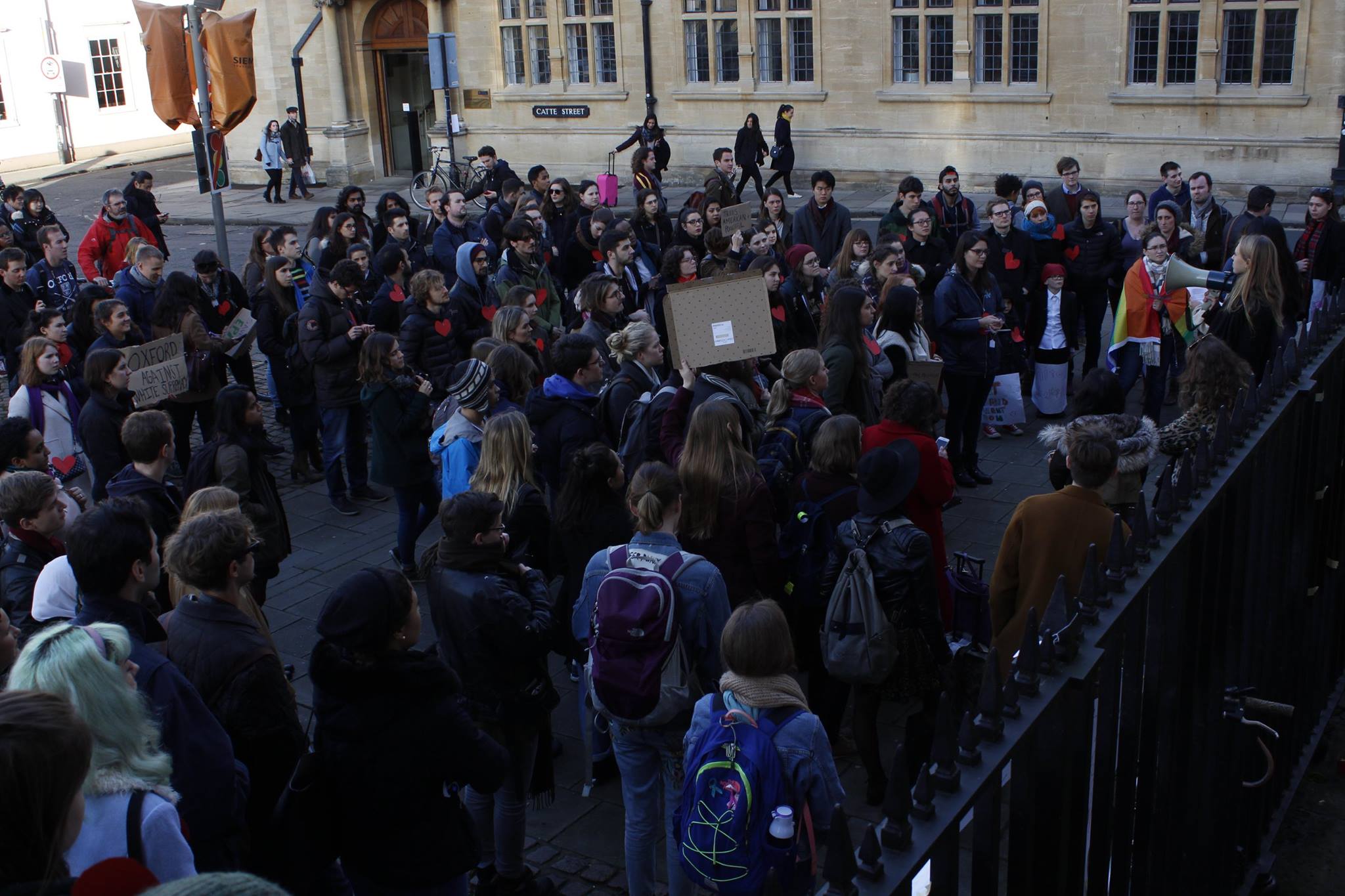Paris Jaggers
“Today, much has changed.” So says David Attenborough in the opening scene of the BBC’s new sequel to Planet Earth, which first aired in 2006. Ten years on, the BBC’s Natural History Unit is able to make use of the most advanced camera technology to revisit the natural world and reveal it anew in all its splendour. But a rising note, one that’s become tragically more important in the intervening decade, is that of this world’s fragility and the rate of its destruction.
Living up to all expectations, Planet Earth II shows us life at an exquisite, unparalleled degree of detail. Improvements in camera stabilisation, aerial drone footage, remote recording and the ability to film in ultra HD (4K) make every shot spectacular. What catches the eye above all is the depth and range of colour – the first sequence, following a male sloth’s pursuit of a mate through the mangroves of Escudo Island, glimmers in full emerald glory, while a later glimpse at the march of crabs on Christmas Island overwhelms with red and orange.
But the triumph of this new technology is in producing close-up shots that wouldn’t look out of place in a human drama. Our first encounter with Komodo dragons shows the 10ft lizards at an uncomfortably close distance, the blood of their last meal still visible between their teeth.
The first episode, focusing on island wildlife, strikes a perfect balance between the majestic, the terrifying and the tear-jerking. From battle-scarred dragons and hunting packs of racer snakes to penguin parents returning, blood-stained, to feed their chicks, it sweeps across the world to paint a picture of unique island life. The soaring score, composed by the legendary Hans Zimmer (among others), carries us effortlessly through every scene. But what is it telling us?
Nature documentaries have always relied on anthropomorphism to introduce us to the lives of our animal relatives. Despite Attenborough’s meticulously scientific narrative, the close-ups, the score and the dramatically-enhanced presentation combine to show us more than ever that we care most about what we see when it reflects human emotion. The sight of a mother fairy tern refusing to leave her smashed egg, or an entangled fledgling starving on the forest floor, evokes pity in even the most steely of minds.
These scenes may be touching, but they are the symptom of a wider, dangerous trend. Conservation projects struggle to gain support when the target animal isn’t pretty or cute, and doesn’t behave like humans do. And while few people would tolerate harm to cuddly, expressive and familiar pets like dogs and cats, they find it easy to turn a blind eye to the fates of the millions of other animals abused and killed by humans on a daily basis. Our understanding and appreciation of the natural world, on all ecological levels, is compromised by anthropomorphism, especially when endorsed by high-profile figures like Attenborough.
But as much as it is true that anthropomorphism distances us from the reality of animal life, Planet Earth II’s heightened drama, if used right, can only add to its impact on audiences. As well as for the pure marvel of experiencing the beauty of the natural world, it can expose people to the all-too-necessary message hinted at in this first episode: nature is suffering, and it’s our fault. As Attenborough explains, nowhere is this felt more than in island ecosystems, which have seen around 80% of recent species extinctions. While this was introduced, briefly, in this episode, it remains to be seen if Planet Earth II will harness the power of its footage to truly bring these important issues to the attention of the public.
Henry Grub
How fitting that, 10 years after the true epic Planet Earth, the BBC has returned with its sequel, to examine the changes in the interim. Attenborough makes clear from the outset that we are living in a drastically changing world, and we know what this means…
… It means global warming. Sea level rise. Climate change. Greenhouse gases.
So why on Planet Earth did these words not come up?!
I expected this programme to chronicle the emerging battle between life and the altering ecosystem, as it was billed. After all, back in 2006 these issues just weren’t covered and surely all the wildlife in the world has been documented by Attenborough by now.
Yet, I had to wait until 39 minutes in before Attenborough talked about the yellow crazy ants, an invasive human-introduced species that eat the eyes of native crabs on an Indian Ocean island. But even this change is localised and seemed to be added just so the BBC could add in photography of eye-gouged crabs and reel off the 80% fact. No mention of sea level rise, which surely would be quite important with regard to islands, the subject of this week’s episode?
I presumed the four-minute ant-crab saga was just the beginning to the second half of the show, which would address the show’s stated aims. My presumptions seemed to be confirmed with the follow-up line of “our impact on the Earth is greater today than ever before…”
“…yet some islands are so remote few humans have even set foot on them!”
In one foul swoop Attenborough quickly dismissed all notions of impending climate doom and moved onto an unspoilt Southern Ocean island with loads of penguins.
We were instead told the story of a male Chinstrap penguin trying to negotiate the most hellish car-park situation ever, figuring out where he had left his… ahem… family. Impressive he managed to find it among one-and-a-half-million other penguins!
Now, let me set the record straight: Planet Earth II is a formidable nature documentary which sets a very high standard, as one might expect. It is little wonder why the other major channels don’t attempt to replicate what is very much the BBC’s winning formula. And today, with the technology and methodology that Paris detailed, evermore the filmmakers are able to break down the barriers between the viewers and the animals, and bring them into your living room. The shots of the swimming sloth, the stalking Komodo dragon and the startling racer snakes brought the action up close and makes it easy to connect to.
Scientifically, Planet Earth II can seem like an embellished and hyperbolic way of viewing nature, with the grand music scores and lavish, vivid colour. It glamorises the natural world, more like story-telling than scientific fact. I appreciate the good television, but feel a balance between, for example, plants and animals should be struck.
I hope that this series will go onto address some of the key issues that I believe can make it distinct from the endless previous series Attenborough has been accredited for. There will be an ‘urban areas’ episode at some point, and no doubt more “changing world” rhetoric, but I do hope that the BBC isn’t just paying lip-service to the issues too big to ignore.




